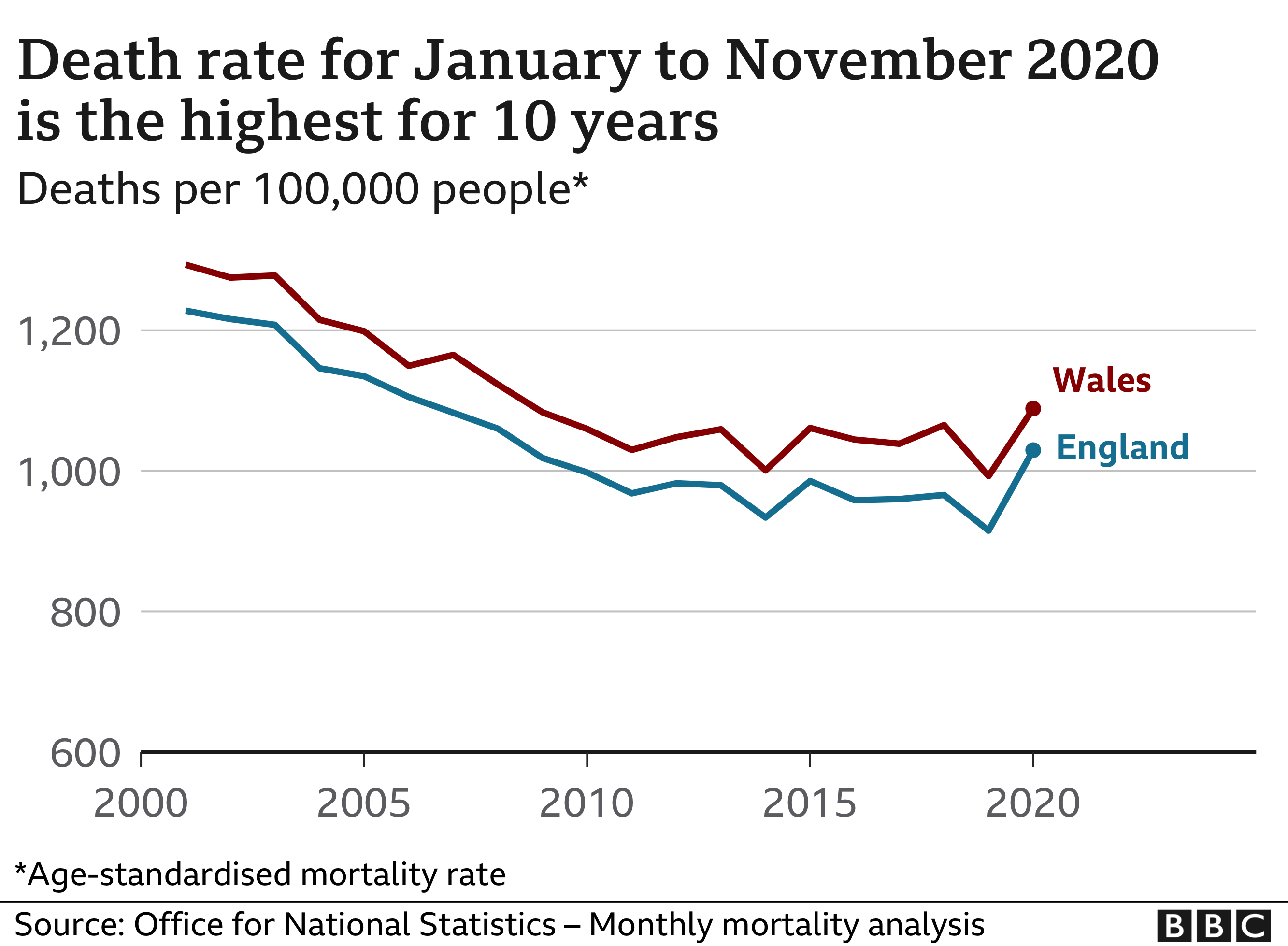Norway, Sweden and Iceland had the lowest relative cumulative excess mortality.
- Between the week ending 3 January 2020 (week 1 2020) and the week ending 1 July 2022 (week 26 2022), the UK’s relative cumulative excess mortality was 3.1% above the average of 2015 to 2019; this was over a third less than the cumulative excess mortality in the week ending 18 June 2021 (week 24 2021; the period of the previous article), at 5.8%.
- The UK had the 16th highest relative cumulative excess mortality of the 33 countries analysed (UK, its constituent countries, and 28 European countries), and 15th highest of 28 countries when constituent countries are removed.
- The majority of European countries analysed (25 of 33) experienced above average relative cumulative excess mortality for the whole period, with eight countries showing relative cumulative mortality below average.
- Bulgaria had the highest relative cumulative excess mortality at 18.2% above average, followed by Poland (13.3% above average) and Romania (12.2% above average); Norway had the lowest with 4.1% below average, followed by Sweden (4.0% below average) and Iceland (3.9% below average).
- The majority of European countries (22 of 33) had higher relative cumulative excess mortality in those aged 65 years and over compared with those aged under 65 years.
- The UK had the fifth highest relative cumulative excess mortality rate in those aged under 65 years (8.3% above average); in those aged 65 years and over in the UK, the cumulative excess mortality rate was the 19th highest (2.2% above average).
- Overall, 19 of the 33 European countries had a decrease in their relative cumulative excess mortality rates since the last release (week ending 18 June 2021), including the UK and constituent countries; the largest decrease was in Czechia (5.4 percentage points lower), whereas the largest increase was in Cyprus (5.4 percentage points higher).

